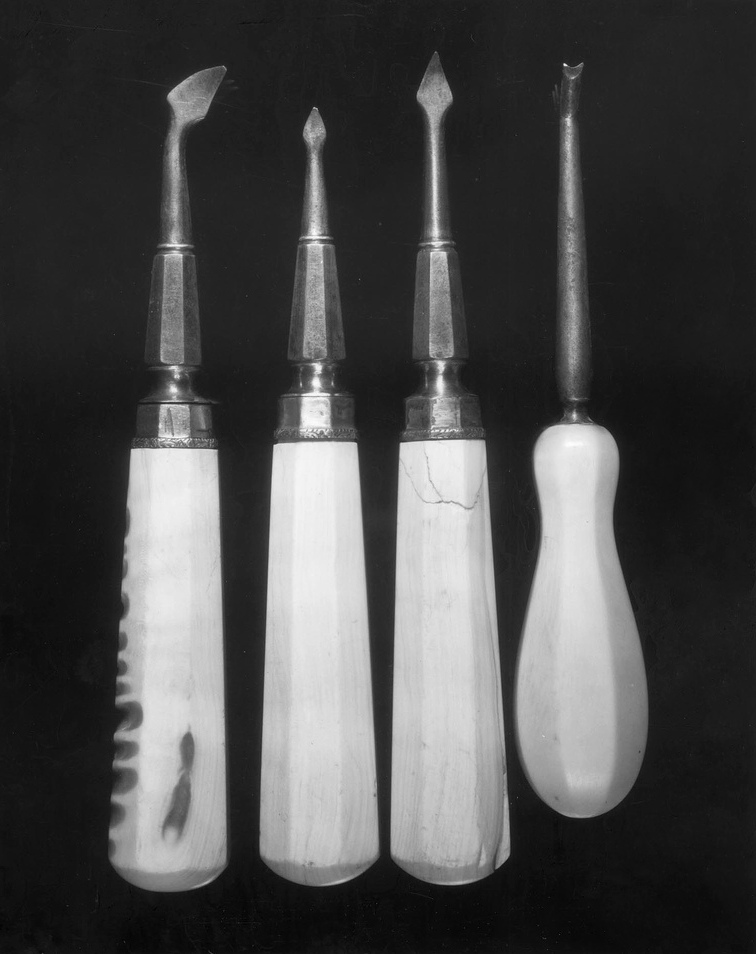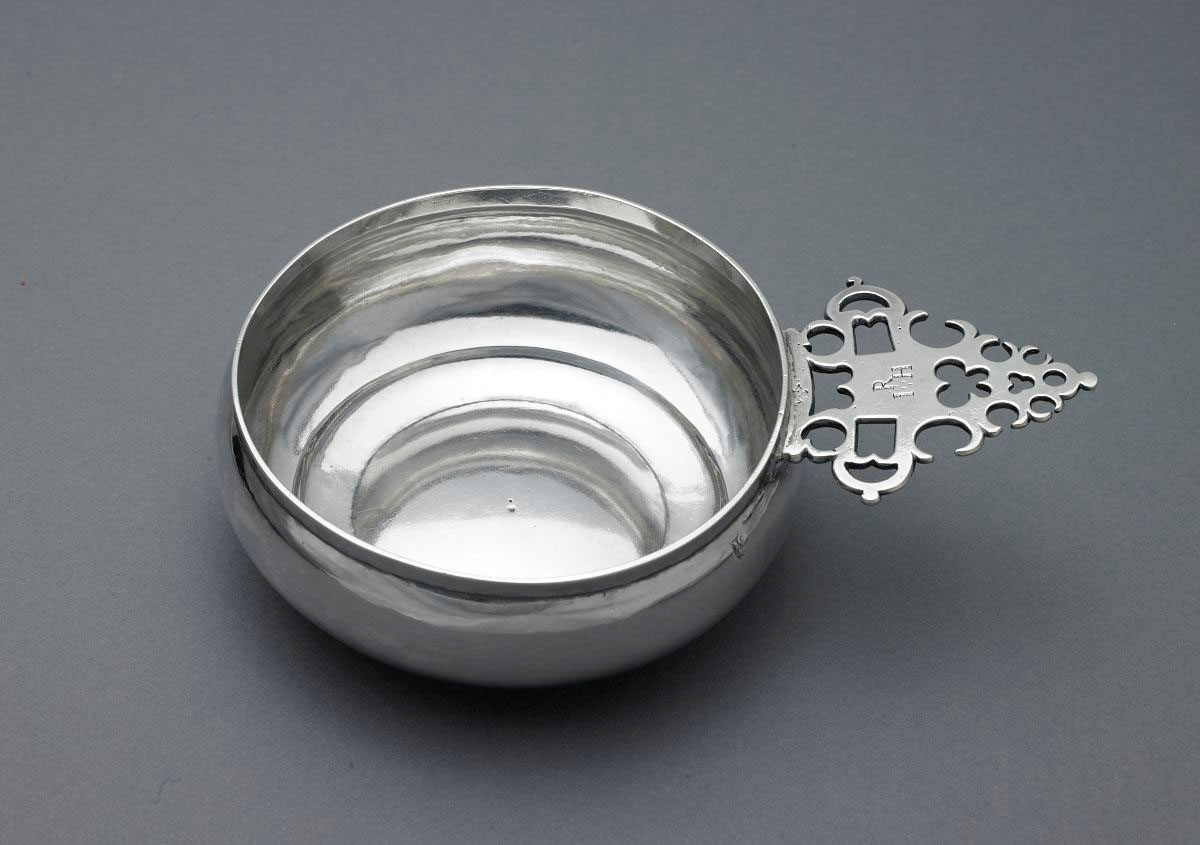|
Paul Revere
Paul Revere (; December 21, 1734 O.S. (January 1, 1735 N.S.)May 10, 1818) was an American silversmith, engraver, early industrialist, Sons of Liberty member, and Patriot and Founding Father. He is best known for his midnight ride to alert the colonial militia in April 1775 to the approach of British forces before the battles of Lexington and Concord, as dramatized in Henry Wadsworth Longfellow's 1861 poem, "Paul Revere's Ride". At age 41, Revere was a prosperous, established and prominent Boston silversmith. He had helped organize an intelligence and alarm system to keep watch on the British military. Revere later served as a Massachusetts militia officer, though his service ended after the Penobscot Expedition, one of the most disastrous campaigns of the American Revolutionary War, for which he was absolved of blame. Following the war, Revere returned to his silversmith trade. He used the profits from his expanding business to finance his work in iron casting, bronze ... [...More Info...] [...Related Items...] OR: [Wikipedia] [Google] [Baidu] |
John Singleton Copley
John Singleton Copley (July 3, 1738 – September 9, 1815) was an Anglo-American painter, active in both colonial America and England. He was probably born in Boston, Massachusetts, to Richard and Mary Singleton Copley, both Anglo-Irish. After becoming well-established as a portrait painter of the wealthy in colonial New England, he moved to London in 1774, never returning to America. In London, he met considerable success as a portraitist for the next two decades, and also painted a number of large history paintings, which were innovative in their readiness to depict modern subjects and modern dress. His later years were less successful, and he died heavily in debt. Biography Early life Copley's mother owned a tobacco shop on Long Wharf. The parents, who, according to the artist's granddaughter Martha Babcock Amory, had come to Boston in 1736, were "engaged in trade, like almost all the inhabitants of the North American colonies at that time". His father was from Lim ... [...More Info...] [...Related Items...] OR: [Wikipedia] [Google] [Baidu] |
Founding Fathers Of The United States
The Founding Fathers of the United States, known simply as the Founding Fathers or Founders, were a group of late-18th-century American Revolution, American revolutionary leaders who United Colonies, united the Thirteen Colonies, oversaw the American Revolutionary War, war for independence from Kingdom of Great Britain, Great Britain, established the United States, and crafted a Constitution, framework of government for the new nation. Historians generally recognize prominent leaders of the American Revolution, Revolutionary Era (1765–1791), such as George Washington, Benjamin Franklin, John Adams, Thomas Jefferson, and Alexander Hamilton, as Founding Fathers. In addition, signers of the United States Declaration of Independence, Declaration of Independence and the U.S. Constitution are widely credited with the nation's founding, while other scholars include all delegates to the Constitutional Convention (United States), Constitutional Convention in 1787 whether they signed th ... [...More Info...] [...Related Items...] OR: [Wikipedia] [Google] [Baidu] |
John Coney (silversmith)
John Coney (5 January 1655 – 20 August 1722) was an early American silversmith and goldsmith from Boston, Massachusetts. He specialised in engraving. From the 1690s on, Coney was considered the most important Bostonian silversmith of his day. In 1702, he engraved the paper money for Massachusetts. Coney also designed a version of the seal of Harvard College. John Coney was the apprentice of and later brother-in-law to Jeremiah Dummer, the first American-born silversmith. He married Mary Atwater, sister of Dummer's wife, in 1694. They were widower and widow, Coney was married twice before. He had twelve children in total, but only five daughters survived beyond infancy. His last apprentice, from 1716 until the time of Coney's death, was Apollos Rivoire, father of Paul Revere, and his indirect influence on Revere was considerable. Other apprentices included the brothers Samuel (1684–1713) and John (1692–1720) Gray, early silversmiths from Connecticut, and John Burt. Many ... [...More Info...] [...Related Items...] OR: [Wikipedia] [Google] [Baidu] |
Apollos Rivoire
Apollos Rivoire (November 20, 1702 - July 22, 1754), often known as Paul Revere I, was an American Huguenot silversmith, active in Boston. He was father to Paul Revere, the famous American silversmith and patriot. Biography Rivoire was born in Riocaud, France, and on November 21, 1715, emigrated to his uncle Simon's house on the Isle of Guernsey. This was recorded in a family bible: "Apollos Rivoire, or son, was born the thirtieth of November, 1702, about ten o'clock at night and was baptized at Riancaud, France, Apollos Rivoire, my brother was his Godfather and Anne Maulmon my sister-in-law his Godmother. He set out for Guernsey on the 21st of November, 1715." While there he was apprenticed to his uncle, who soon afterward sent the boy to Boston with instructions to his correspondents to have him learn the goldsmith's trade. Rivoire arrived in Boston about 1715 and was apprenticed about 1720 to John Coney. By the time Coney died in 1722, he had anglicized his name to Paul Rever ... [...More Info...] [...Related Items...] OR: [Wikipedia] [Google] [Baidu] |
Huguenot
The Huguenots ( , also , ) were a religious group of French Protestants who held to the Reformed, or Calvinist, tradition of Protestantism. The term, which may be derived from the name of a Swiss political leader, the Genevan burgomaster Bezanson Hugues (1491–1532?), was in common use by the mid-16th century. ''Huguenot'' was frequently used in reference to those of the Reformed Church of France from the time of the Protestant Reformation. By contrast, the Protestant populations of eastern France, in Alsace, Moselle, and Montbéliard, were mainly Lutherans. In his ''Encyclopedia of Protestantism'', Hans Hillerbrand wrote that on the eve of the St. Bartholomew's Day massacre in 1572, the Huguenot community made up as much as 10% of the French population. By 1600, it had declined to 7–8%, and was reduced further late in the century after the return of persecution under Louis XIV, who instituted the '' dragonnades'' to forcibly convert Protestants, and then finally revoke ... [...More Info...] [...Related Items...] OR: [Wikipedia] [Google] [Baidu] |
American Revolutionary War
The American Revolutionary War (April 19, 1775 – September 3, 1783), also known as the Revolutionary War or American War of Independence, was a major war of the American Revolution. Widely considered as the war that secured the independence of the United States, fighting began on April 19, 1775, followed by the Lee Resolution on July 2, 1776, and the Declaration of Independence on July 4, 1776. The American Patriots were supported by the Kingdom of France and, to a lesser extent, the Dutch Republic and the Spanish Empire, in a conflict taking place in North America, the Caribbean, and the Atlantic Ocean. Established by royal charter in the 17th and 18th centuries, the American colonies were largely autonomous in domestic affairs and commercially prosperous, trading with Britain and its Caribbean colonies, as well as other European powers via their Caribbean entrepôts. After British victory over the French in the Seven Years' War in 1763, tensions between the motherland and he ... [...More Info...] [...Related Items...] OR: [Wikipedia] [Google] [Baidu] |
Penobscot Expedition
The Penobscot Expedition was a 44-ship American naval armada during the Revolutionary War assembled by the Provincial Congress of the Province of Massachusetts Bay. The flotilla of 19 warships and 25 support vessels sailed from Boston on July 19, 1779 for the upper Penobscot Bay in the District of Maine carrying an expeditionary force of more than 1,000 American colonial marines (not to be confused with the Continental Marines) and militiamen. Also included was a 100-man artillery detachment under the command of Lt. Colonel Paul Revere. The expedition's goal was to reclaim control of mid-coast Maine from the British who had captured it a month earlier and renamed it New Ireland. It was the largest American naval expedition of the war. The fighting took place on land and at sea around the mouth of the Penobscot and Bagaduce rivers at Castine, Maine, over a period of three weeks in July and August. It resulted in the United States' worst naval defeat until Pearl Harbor 162 years ... [...More Info...] [...Related Items...] OR: [Wikipedia] [Google] [Baidu] |
Kingdom Of Great Britain
The Kingdom of Great Britain (officially Great Britain) was a Sovereign state, sovereign country in Western Europe from 1 May 1707 to the end of 31 December 1800. The state was created by the 1706 Treaty of Union and ratified by the Acts of Union 1707, which united the kingdoms of Kingdom of England, England (which included Wales) and Kingdom of Scotland, Scotland to form a single kingdom encompassing the whole island of Great Britain and its outlying islands, with the exception of the Isle of Man and the Channel Islands. The unitary state was governed by a single Parliament of Great Britain, parliament at the Palace of Westminster, but distinct legal systems – English law and Scots law – remained in use. The formerly separate kingdoms had been in personal union since the 1603 "Union of the Crowns" when James VI of Scotland became King of England and King of Ireland. Since James's reign, who had been the first to refer to himself as "king of Great Britain", a political un ... [...More Info...] [...Related Items...] OR: [Wikipedia] [Google] [Baidu] |





